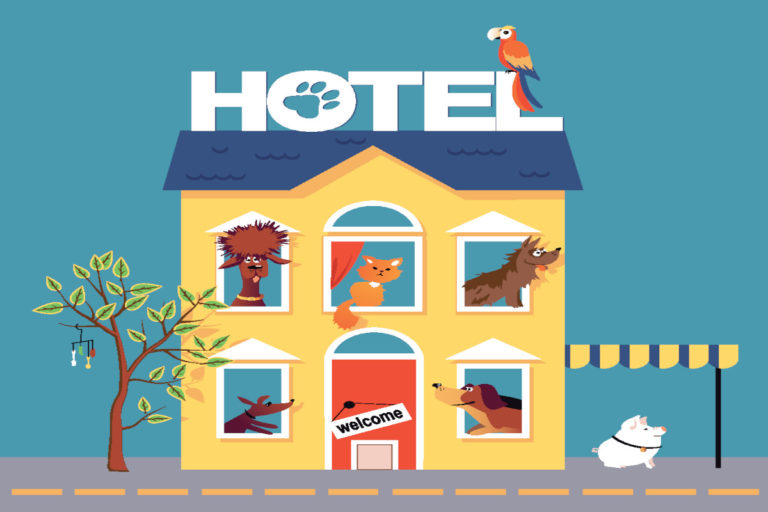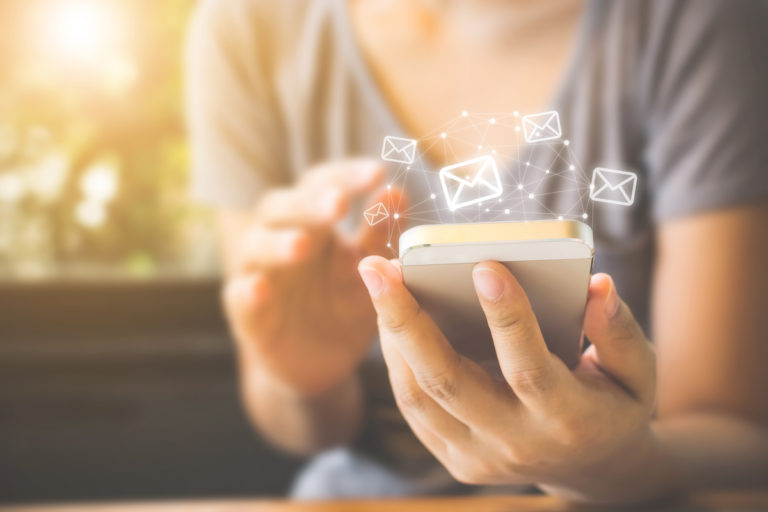Inbound marketing is a set of structured procedures used to hasten the conversion of target customers to loyal and ideal customers. It is achieved by guiding potential customers during the entire purchasing process, from brand awareness to initial purchase and repurchase. This entire step-by-step process is the inbound marketing funnel.
The inbound marketing funnel is a methodology that can improve the quality of your leads and increase sales. It is achieved by tailoring your content to meet your target customer’s interests. It also helps businesses increase traffic on their websites and build long-term relationships with customers.
Understanding Inbound Marketing Funnel
Inbound marketing requires sales and marketing teams to research and gather information regarding consumer demand. This process is broken down into a step-by-step funnel: the top, middle, and bottom. Like a marketing and sales funnel, this method aims to increase traffic, boost demand, and maximize sales.

The top of the funnel consists of recognizing and knowing consumer demand. Techniques are utilized in the middle to convert potential customers by nurturing the lead, automating your marketing activity, and collating consumer data. Lastly, the bottom of the funnel summarizes the ways to keep your customers delighted and prompts them to be advocates of your brand. This section of the funnel can only be achieved with the consistent delivery of quality and trusted goods and services. HubSpot, a software-as-a-service (SaaS) company that popularized the term “inbound marketing,” says that a marketer that blogs extensively is 13 times more likely to see an increase in customer base.
Stages Of The Inbound Marketing Funnel
Each stage of the inbound marketing funnel is designed to direct a target customer toward making a purchase using specific digital tactics.
Attract
This is the first stage in the inbound marketing funnel. It focuses on attracting visitors to your business website. It is important to target the right consumers, particularly those with purchasing power. Therefore, your content should be streamlined to address the needs and problems of these visitors. The most effective elements used to attract the ideal customers to your website are:
- Content Development
- Search Engine Optimization
- Social Media Marketing

Content Development
Creating and uploading content is essential in an inbound marketing strategy. It boosts your web page ranking on search engines and increases traffic to your website. Additionally, it should be content that prompts your target customers to engage with your business and familiarize themselves with your brand.
The content should be of value to your website visitors, offering solutions tailored to their needs, problems, and goals. Your content must be original, and attractive. These are the ingredients needed to produce successful content. Some examples of such content include guides, case studies, blog articles, and infographics.
Search Engine Optimization (SEO)
Create high-quality copy that ranks for high-volume keywords that attract consumers with a strong intent to convert. To achieve this, you must put out quality content and have your website properly structured.
Include a frequently asked questions (FAQs) section to provide more help if need be. This alone will not improve your website ranking on the search engine result pages, but you will be one step closer to having a strategy in place to increase traffic and visibility, boost lead conversion, increase sales, and ultimately turn prospective shoppers into loyal customers.
Another benefit of search engine optimization is that it accelerates the website speed time, as page speed is a ranking factor. Search engine optimization prioritizes the loading speed of your page with the use of search engine site acceleration techniques. Studies show that a page that loads slowly discourages the website user from staying to see the content. With SEO, such a problem can be averted.
Social Media Marketing
Social media marketing is the use of social media platforms to support the awareness and campaign strategies of your brand. With a population of over one billion on various social media platforms, social media marketing has a wide reach. This makes it easier for potential customers to receive brand information.
Social media marketing is equipped with purpose-built data analytics gadgets that allow marketers to evaluate the success of their activities.
Convert
After attracting visitors to your website, the next step is building a relationship to convert them to leads. This is done by collecting contact information and supplying the users with excellent, high-quality content that meets their needs, solves a problem, and assists in their decision-making process. Some relevant aspects you should consider when turning your website visitors into leads are:
- Landing pages
- Forms
- Calls to Action

Landing Pages
This is a standalone page that a visitor arrives on first. It always calls the consumer to some action. For instance, it may encourage users to sign up for periodic content offers, such as newsletters, webinars, or e-books.
Forms
In exchange for your services, users may complete a form that collects personal data, including email addresse, name, and phone number.
Call to Action
This encourages the consumer to take action immediately. For instance, you may invite them to reach out to your business using the available contact information. Or, a call-to-action button can urge potential consumers to “request a demo” or “place an order.” A typical call to action on a webpage is the “sign up” or “log in” button.
Where the Funnel Leads
Every funnel has a bottom. After making a sale, a follow-up is necessary. But that’s not necessarily a sale. You can try to convert delighted customers to become advocates of your brand. That requires continuous engagement with the customer.
Communication with your customers can also help you to gather feedback and highlight where improvement is needed.
Another way to follow up is using the social media listening strategy. Customers use social media platforms to speak on issues, share personal experiences, and leave feedback about a brand. Social media also allows brands to directly engage with consumers and provide helpful information.
Benefits of Inbound Marketing Funnel
Inbound marketing is a long-term sales strategy. It involves all the effort you put into converting target audiences to loyal customers.
It includes providing helpful content to visitors, leads, or existing customers in the form of articles, blogs, and newsletters. The best inbound marketing outcome is achieved using digital platforms that allow you to tailor your high-quality content for both your lead and customer base regardless of their current stage in the inbound marketing funnel.

The inbound marketing funnel may generate qualified leads and grow them over time, as well as increase visits to your website. As sales increase, the assets of your company increase as well. Some of the results that can be achieved using the inbound marketing strategy include:
Extensive Database
Inbound marketing increases the contact database of potential customers over time. With this dataset, you can follow up with potential consumers.
Greater Reach
Implementing the inbound marketing methodology can increase your brand’s market reach. Aside from the effort of the sales and marketing team, satisfied and loyal customers tend to promote your brand once your content is valued and trusted. This also increases your market reach.
Authority Search Engine Optimization (SEO)
Because there is intense market competition, you are pushed to develop and provide high-quality content. Over time, this content positions your business as an expert, credible, and trustworthy voice.
The Bottom Line
An inbound marketing funnel is a strategy businesses implement to scale up profit and attract the right customers to their website. The first step is to attract attention. After that, retain consumer attention by continuously adding high-quality content that matches their needs and provides solutions. When this is done, the next step is to convert them to customers through a clear call to action. Content that aligns with each step of the purchaser’s journey is what nurtures and converts prospective customers. Finally, once the customer makes a purchase, continue to engage with them to get feedback on how to improve.


